Today, July 25, we celebrate the feast day of Saint James the Greater (died 44), Disciple and friend of Christ, “Son of Thunder,” and first martyr of the Church. In his General Audience in June of 2006, Pope Benedict XVI discussed the life and contribution of Saint James the Greater to our faith.
Dear Brothers and Sisters,
We are continuing the series of portraits of the Apostles chosen directly by Jesus during his earthly life. We have spoken of St Peter and of his brother, Andrew. Today we meet the figure of James. The biblical lists of the Twelve mention two people with this name: James, son of Zebedee, and James, son of Alphaeus (cf. Mk 3: 17,18; Mt 10: 2-3), who are commonly distinguished with the nicknames "James the Greater" and "James the Lesser". These titles are certainly not intended to measure their holiness, but simply to state the different importance they receive in the writings of the New Testament and, in particular, in the setting of Jesus' earthly life. Today we will focus our attention on the first of these two figures with the same name.
The name "James" is the translation of Iakobos, the Graecised form of the name of the famous Patriarch, Jacob. The Apostle of this name was the brother of John and in the above-mentioned lists, comes second, immediately after Peter, as occurs in Mark (3: 17); or in the third place, after Peter and Andrew as in the Gospels of Matthew (10: 2) and Luke (6: 14), while in the Acts he comes after Peter and John (1: 13). This James belongs, together with Peter and John, to the group of the three privileged disciples whom Jesus admitted to important moments in his life.
Since it is very hot today, I want to be brief and to mention here only two of these occasions. James was able to take part, together with Peter and John, in Jesus' Agony in the Garden of Gethsemane and in the event of Jesus' Transfiguration. Thus, it is a question of situations very different from each other: in one case, James, together with the other two Apostles, experiences the Lord's glory and sees him talking to Moses and Elijah, he sees the divine splendour shining out in Jesus. On the other occasion, he finds himself face to face with suffering and humiliation, he sees with his own eyes how the Son of God humbles himself, making himself obedient unto death. The latter experience was certainly an opportunity for him to grow in faith, to adjust the unilateral, triumphalist interpretation of the former experience: he had to discern that the Messiah, whom the Jewish people were awaiting as a victor, was in fact not only surrounded by honour and glory, but also by suffering and weakness. Christ's glory was fulfilled precisely on the Cross, in his sharing in our sufferings.
This growth in faith was brought to completion by the Holy Spirit at Pentecost, so that James, when the moment of supreme witness came, would not draw back. Early in the first century, in the 40s, King Herod Agrippa, the grandson of Herod the Great, as Luke tells us, "laid violent hands upon some who belonged to the Church. He had James, the brother of John, killed by the sword" (Acts 12: 1-2). The brevity of the news, devoid of any narrative detail, reveals on the one hand how normal it was for Christians to witness to the Lord with their own lives, and on the other, that James had a position of relevance in the Church of Jerusalem, partly because of the role he played during Jesus' earthly existence.
A later tradition, dating back at least to Isidore of Seville, speaks of a visit he made to Spain to evangelize that important region of the Roman Empire. According to another tradition, it was his body instead that had been taken to Spain, to the city of Santiago de Compostela. As we all know, that place became the object of great veneration and is still the destination of numerous pilgrimages, not only from Europe but from the whole world. This explains the iconographical representation of St James with the pilgrim's staff and the scroll of the Gospel in hand, typical features of the travelling Apostle dedicated to the proclamation of the "Good News" and characteristics of the pilgrimage of Christian life.
Consequently, we can learn much from St James: promptness in accepting the Lord's call even when he asks us to leave the "boat" of our human securities, enthusiasm in following him on the paths that he indicates to us over and above any deceptive presumption of our own, readiness to witness to him with courage, if necessary to the point of making the supreme sacrifice of life. Thus James the Greater stands before us as an eloquent example of generous adherence to Christ. He, who initially had requested, through his mother, to be seated with his brother next to the Master in his Kingdom, was precisely the first to drink the chalice of the passion and to share martyrdom with the Apostles.
And, in the end, summarizing everything, we can say that the journey, not only exterior but above all interior, from the mount of the Transfiguration to the mount of the Agony, symbolizes the entire pilgrimage of Christian life, among the persecutions of the world and the consolations of God, as the Second Vatican Council says. In following Jesus, like St James, we know that even in difficulties we are on the right path.
Why pray the Rosary every day for a year?
Each time the Blessed Virgin has appeared-- whether it be to Saint Bernadette Soubirous at Lourdes; to Lucia, Jacinta, and Francisco at Fatima; or to Mariette Beco at Banneux-- she has asserted the importance, saving grace, and power of praying the Holy Rosary on a daily basis. Based upon her words, the Rosary is penance and conversion for sinners, a pathway to peace, an end to war, and a powerful act of faith in Jesus Christ. Pope Paul VI presented the Rosary as a powerful means to reach Christ "not merely with Mary but indeed, insofar as this is possible to us, in the same way as Mary, who is certainly the one who thought about Him more than anyone else has ever done."
To show us how this is done, perhaps no one has been more eloquent than the great Cardinal Newman, who wrote: "The great power of the Rosary consists in the fact that it translates the Creed into Prayer. Of course, the Creed is already in a certain sense a prayer and a great act of homage towards God, but the Rosary brings us to meditate again on the great truth of His life and death, and brings this truth close to our hearts. Even Christians, although they know God, usually fear rather than love Him. The strength of the Rosary lies in the particular manner in which it considers these mysteries, since all our thinking about Christ is intertwined with the thought of His Mother, in the relations between Mother and Son; the Holy Family is presented to us, the home in which God lived His infinite love."
As Mary said at Fatima, "Jesus wants to use you to make Me known and loved. He wishes to establish the devotion to My Immaculate Heart throughout the world. I promise salvation to whoever embraces it; these souls will be dear to God, like flowers put by Me to adorn his throne."

Subscribe to:
Post Comments (Atom)


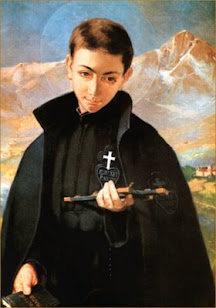






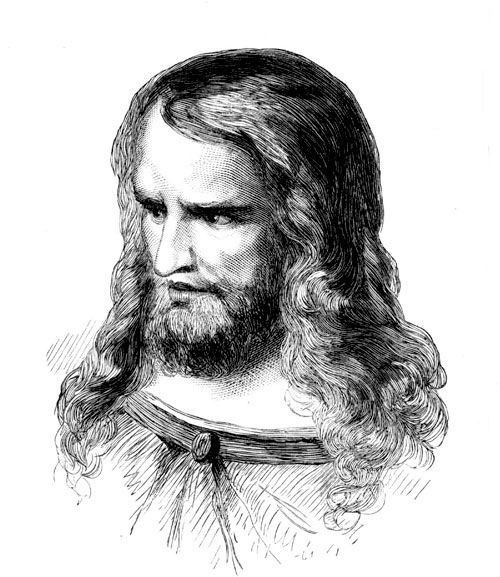
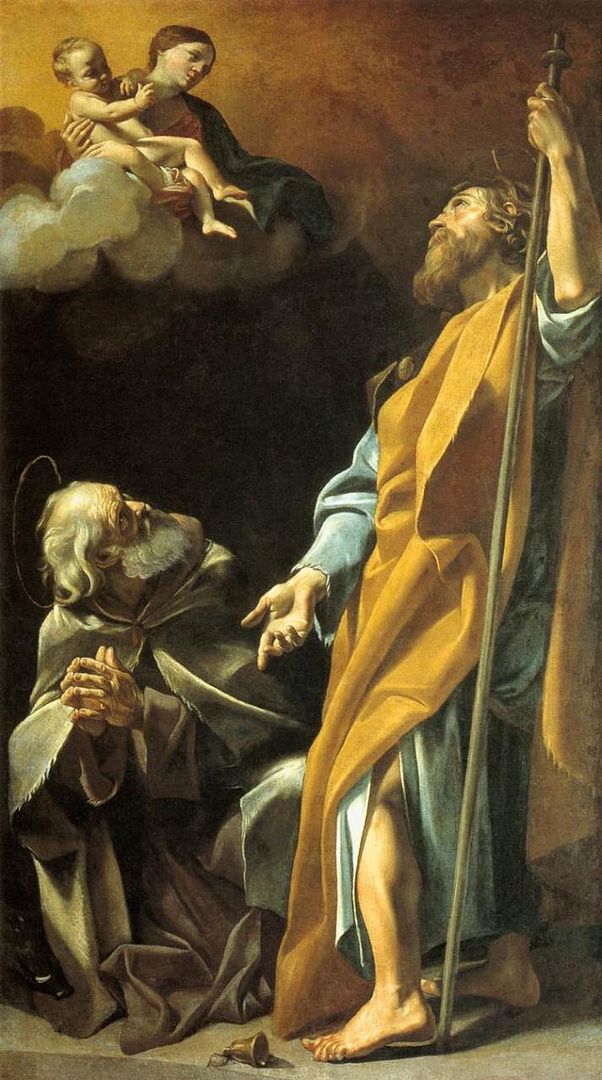
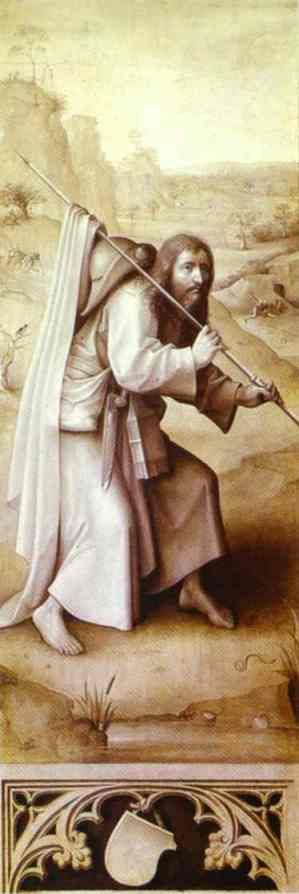
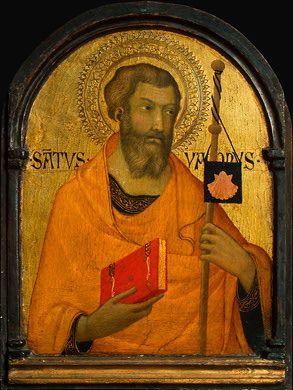
0 comments:
Post a Comment
Thanks for leaving a comment. If you wish to submit a prayer request, however, please do so above, using the "Contact" tab.